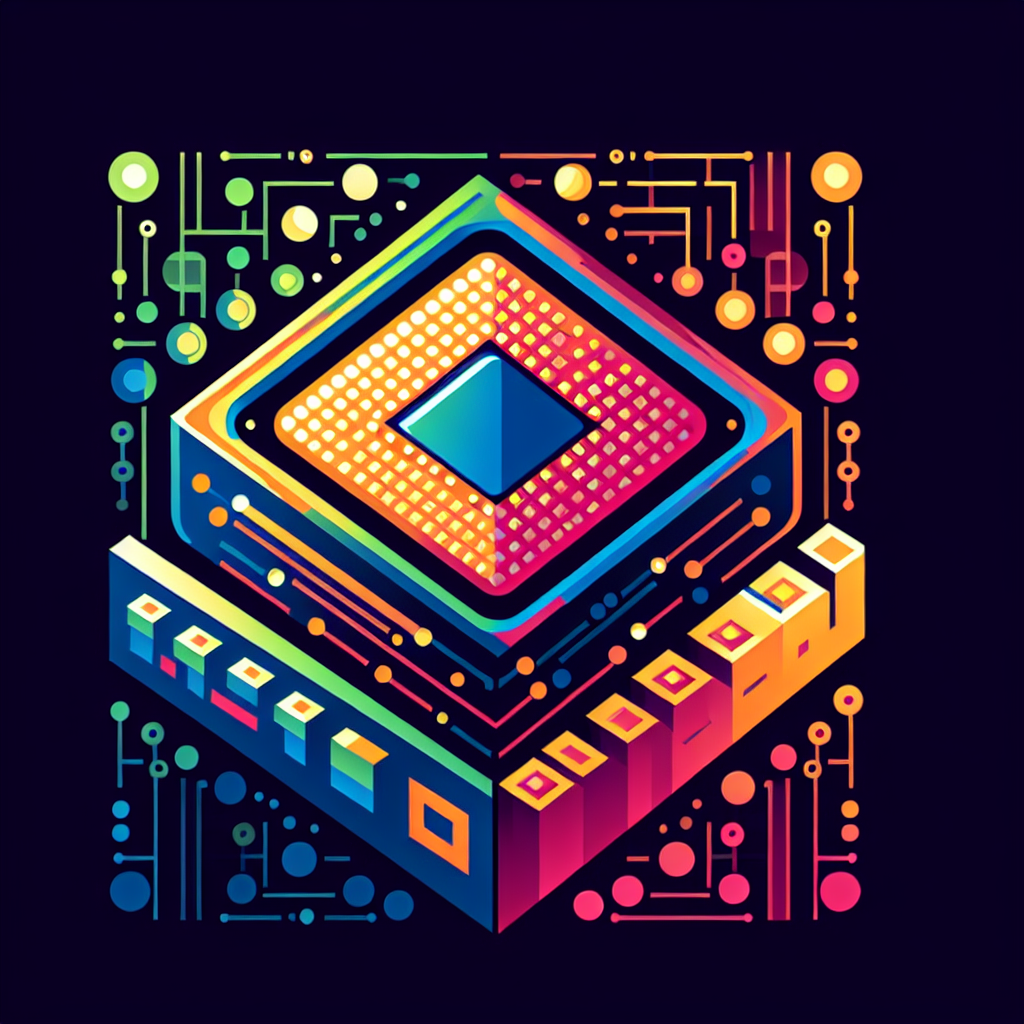GPU vs. CPU: Understanding the Differences and Benefits
When it comes to processing power in computers, two key components play a critical role: the central processing unit (CPU) and the graphics processing unit (GPU). Both of these components are essential for the smooth functioning of a computer system, but they serve different purposes and have distinct benefits.
The CPU is often referred to as the brain of the computer. It is responsible for executing instructions and performing calculations for tasks such as running applications, managing memory, and controlling input and output devices. CPUs are designed to handle a wide range of tasks and are optimized for sequential processing, meaning they excel at handling one task at a time in a linear fashion.
On the other hand, the GPU is specifically designed for handling graphics and visual processing tasks. GPUs are optimized for parallel processing, meaning they can handle multiple tasks simultaneously. This makes GPUs ideal for tasks such as rendering 3D graphics, video editing, and gaming, where large amounts of data need to be processed quickly and efficiently.
One of the key differences between CPUs and GPUs is their architecture. CPUs typically have a small number of cores (usually between 2-16), which are optimized for sequential processing. In contrast, GPUs have hundreds or even thousands of smaller cores, which are optimized for parallel processing. This allows GPUs to perform calculations much faster than CPUs when it comes to graphics-intensive tasks.
Another key difference between CPUs and GPUs is their memory hierarchy. CPUs have a small amount of fast memory (cache) that is used to store frequently accessed data, while GPUs have a larger amount of slower memory (VRAM) that is used to store textures, shaders, and other graphics data. This difference in memory hierarchy allows GPUs to handle large amounts of data more efficiently than CPUs.
In terms of benefits, CPUs are versatile and can handle a wide range of tasks effectively. They are essential for tasks that require complex calculations, such as running applications, managing databases, and performing system tasks. On the other hand, GPUs excel at handling graphics-intensive tasks and can significantly improve the performance of applications that rely on visual processing.
In conclusion, understanding the differences between GPUs and CPUs is essential for optimizing the performance of your computer system. While CPUs are versatile and essential for a wide range of tasks, GPUs are specifically designed for handling graphics-intensive tasks and can significantly improve the performance of applications that rely on visual processing. By leveraging the strengths of both components, you can create a powerful and efficient computer system that meets your specific needs.


